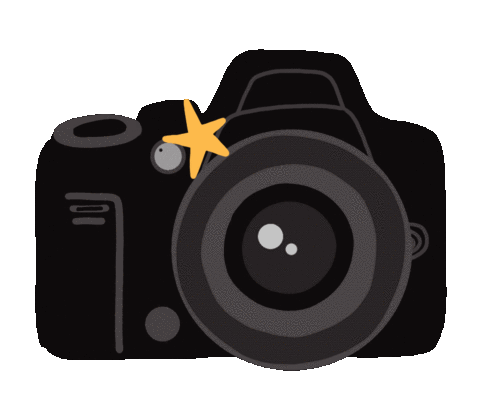Muscle of the Month: Adductors
- samantha155
- Aug 7
- 3 min read
It's Muscle of the Month time, and April is all about the Adductors! Get ready to learn about these important inner thigh muscles that play a crucial role in movement, stability, and balance.
Adductors: The Inner Thigh Power Team
The adductors aren't just one muscle, but rather a group of five muscles working together along your inner thigh. Often overshadowed by their outer thigh counterparts, these muscles are essential for coordinated movement and hip stability. When they're functioning well, your legs move smoothly and efficiently - when they're not, your entire walking and running mechanics can be compromised!

Anatomy: The Fantastic Five
The adductor muscle group consists of five muscles running along the inner thigh:
* Adductor Magnus: The largest and most powerful of the group
* Adductor Longus: A long, triangular muscle in the middle of the inner thigh
* Adductor Brevis: A shorter muscle situated deep to the adductor longus
* Gracilis: The most superficial and medial of the adductors
* Pectineus: A flat, quadrangular muscle at the top of the inner thigh
These muscles originate from different points along the pubic bone and ischium of the pelvis and insert at various points along the femur (thigh bone), with the gracilis extending all the way to the tibia (shin bone).
** Actions: More Than Just Squeezing
Your adductors are responsible for:
1. Adduction (bringing your legs together or toward the midline)
2. Hip flexion (especially adductor longus, brevis, and pectineus)
3. Hip extension (posterior fibers of adductor magnus)
4. Hip internal rotation
5. Stabilization of the pelvis during single-leg movements
Why They Matter: Balance, Power, and Protection
Strong, properly functioning adductors are essential for:
* Maintaining lateral stability during walking and running
* Providing power during side-to-side movements
* Balancing the pull of the outer hip muscles
* Supporting proper pelvis and knee alignment
* Preventing groin strains during quick direction changes
* Enhancing athletic performance in sports requiring lateral movement

When Things Go Wrong: Common Adductor Issues When your adductors are weak, tight, or not firing properly, several problems can emerge: * Groin strains or pulls (particularly common in sports with quick direction changes) * Altered walking or running mechanics * Increased stress on the knees and lower back * Decreased power in lateral movements * Reduced pelvic stability * Limited range of motion in hip abduction (legs moving apart)
** Athletes are particularly prone to adductor strains, but even everyday activities can be affected by adductor dysfunction.

Ready to show your adductors some love? Check out this video for a few of my favorite simple exercises to target and strengthen these vital muscles. Adductors often need both strengthening AND stretching to function optimally, so I've included both approaches in the video.
💪 Pro tip: When working your adductors, pay attention to balance – these muscles need to work in harmony with their outer hip counterparts. Combining adductor work with last month's gluteus medius exercises creates a comprehensive approach to hip health!


Visit my website for additional videos!
* Real-life rehab techniques
* Injury spotlight series
* Curated exercise classes
* Free Pilates exercise demonstration videos from my book, Pilates for Rehabilitation and my BASI advanced education course, Pilates for Injuries & Pathologies

These beautiful photos were taken by Veronika @motionscapephotography at our 2024 Costa Rica retreat!
Want to join the next one? Click for details!
Your Input Matters! Have you experienced groin or inner thigh issues? Or do you have some go-to exercises for the adductors? Reply to this post and share your experience- you may help inspire others!







Comments